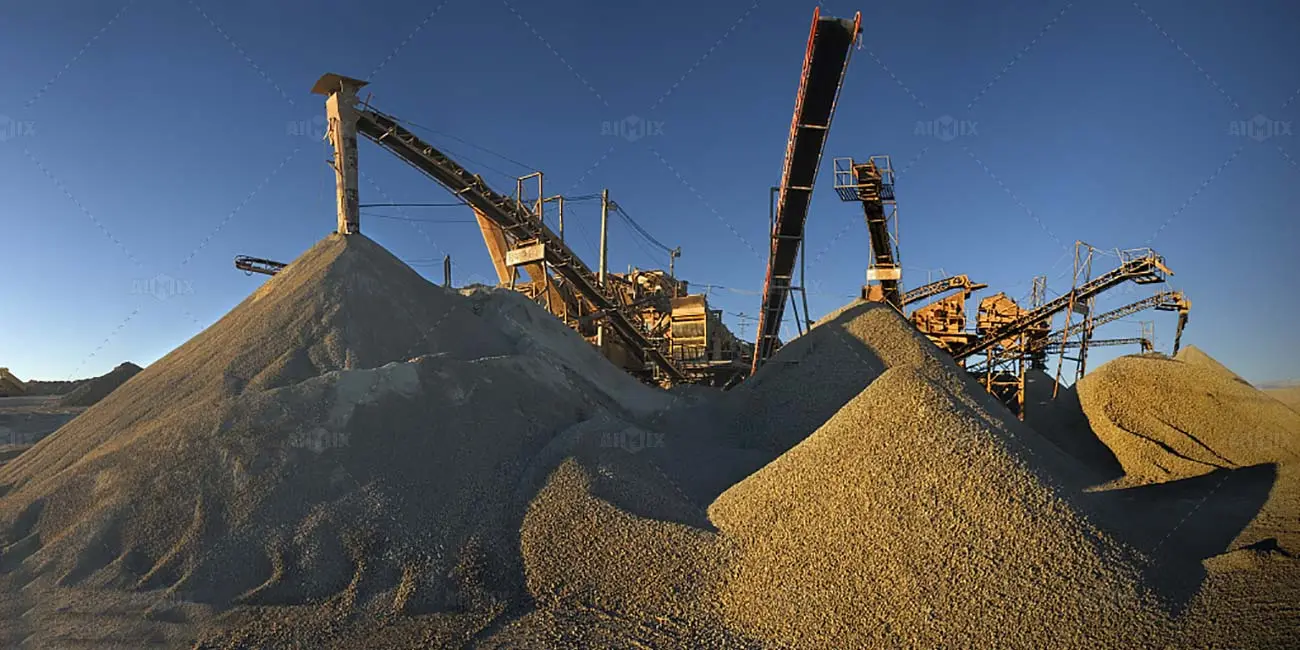Crusher plants play a critical role in processing raw materials for construction, mining, and recycling industries. These facilities use heavy machinery—such as jaw crushers, impact crushers, and cone crushers—to reduce large stones and ores into smaller, more manageable pieces. While crusher plants are vital for aggregate production, they also present significant hazards that require comprehensive safety measures. This article explores key aspects of crusher plant operations, common hazards, and best practices to ensure both worker safety and operational efficiency.
Understanding Crusher Plant Operations
Crusher plants are designed to crush, screen, and process raw materials into aggregates that are essential for various industrial applications. The process typically involves:
- Primary Crushing: Large rocks are fed into a primary crusher (usually a jaw crusher) to break them into smaller pieces.
- Secondary and Tertiary Crushing: Further reduction in size is achieved through impact or cone crushers.
- Screening and Conveying: Crushed materials are sorted by size and transported using conveyors for storage or further processing.
Understanding these processes is essential for identifying potential hazards and implementing effective control measures.
Common Hazards in Crusher Plants
Mechanical Hazards
- Moving Parts: Crushers, conveyors, and screens contain moving components that can cause entanglement, pinch points, or impact injuries.
- Material Ejection: High-velocity impacts can result in the ejection of fragments or debris, posing risks to nearby workers.
Dust and Particulate Exposure
- Airborne Dust: The crushing process generates significant dust, which can include silica particles that pose serious respiratory hazards if inhaled over prolonged periods.
Noise and Vibration
- Excessive Noise: The operation of heavy machinery and crushing processes often produces high noise levels that can lead to hearing loss.
- Vibration Exposure: Continuous exposure to vibrations can cause fatigue and long-term musculoskeletal issues.
Electrical and Fire Hazards
- Electrical Equipment: Automated systems and heavy-duty motors present risks related to electrical faults or malfunctions.
- Fire Risks: Dust accumulation and overheating machinery can create conditions conducive to fires.
Best Practices for Crusher Plant Safety
Engineering Controls
- Guarding and Barriers: Install physical guards around moving parts to prevent accidental contact. Use safety barriers to delineate high-risk zones.
- Dust Control Systems: Implement dust suppression methods such as water sprays, dust collectors, and filtration systems to minimize airborne particles.
- Noise Reduction: Utilize sound-dampening materials, enclosures for noisy equipment, and regular maintenance to reduce noise levels.
- Automated Safety Features: Equip machinery with emergency stop systems, interlocks, and alarms to promptly address hazardous situations.
Administrative Controls and Training
- Risk Assessments: Conduct regular hazard assessments to identify risks and update safety procedures accordingly.
- Standard Operating Procedures (SOPs): Develop and enforce clear protocols for operating crushers, conveyors, and screening equipment.
- Worker Training: Provide comprehensive training on equipment operation, hazard recognition, and emergency response procedures. Include regular refresher courses and safety drills.
- Communication: Establish clear communication channels for reporting hazards and near-miss incidents. Regular toolbox talks can reinforce safety practices.
Personal Protective Equipment (PPE)
- Respiratory Protection: Supply high-quality respirators or dust masks to protect against harmful airborne particulates.
- Hearing Protection: Ensure that workers use earplugs or earmuffs in high-noise areas.
- Eye and Face Protection: Provide safety goggles or face shields to guard against flying debris.
- Protective Clothing: Equip workers with durable, high-visibility clothing, gloves, and safety boots to reduce the risk of injuries.
Maintenance and Inspections
- Routine Inspections: Schedule regular inspections of machinery, safety guards, dust suppression systems, and electrical equipment.
- Preventive Maintenance: Implement a maintenance schedule to ensure all equipment is operating at peak performance, thereby reducing the risk of malfunctions.
- Documentation: Maintain detailed records of inspections, maintenance activities, and incident reports to track trends and ensure regulatory compliance.
Environmental and Regulatory Considerations
- Air Quality Management: Monitor dust levels and implement strategies to comply with environmental regulations regarding particulate emissions.
- Noise Regulations: Adhere to occupational noise exposure limits and take measures to reduce noise at the source.
- Regulatory Compliance: Stay informed about and comply with relevant standards set by agencies such as OSHA and local environmental authorities. This includes proper record-keeping and regular audits.
Conclusion
Crusher plant operations are integral to producing quality aggregates for construction and industrial use, yet they come with inherent risks that require a robust, multi-layered safety strategy. By integrating engineering controls, comprehensive administrative procedures, proper PPE, and rigorous maintenance routines, companies can minimize hazards and create a safer work environment.
A proactive approach to crusher plant safety not only protects workers from harm but also enhances operational efficiency and regulatory compliance, ensuring long-term success in a competitive industry. Embracing these best practices is essential for achieving a balance between productivity and safety in modern crushing operations.
Discover more from HSEProHub
Subscribe to get the latest posts sent to your email.



